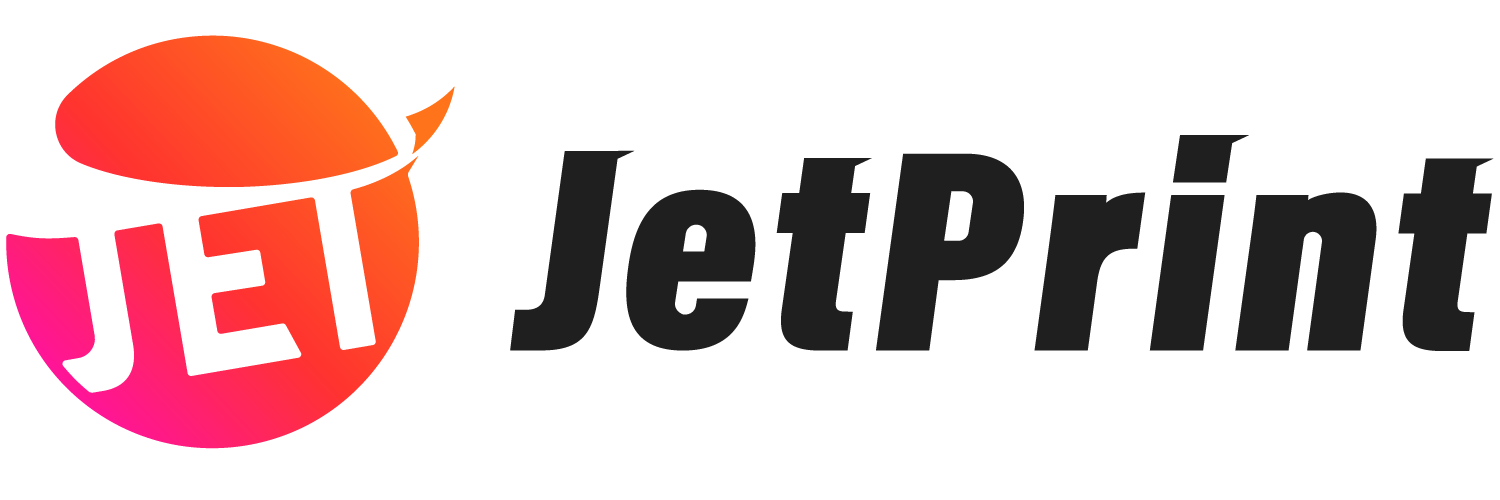In this article, we’ll delve deeper into what DTF transfer entails and explore why it has gained popularity among manufacturers.
What does DTF transfer mean?
DTF transfer, the abbreviation of direct film transfer, entails the use of a heat press to transfer designs directly from a specialized film onto fabrics such as garments, textiles, and other surfaces.
How DTF transfer works:
Film printing: Use a DTG printer to print the design onto transfer film.
Film transfer: Once the design is printed, employ a heat press to precisely position it where the pattern is intended to be printed and transfer the design onto the fabric.
Curing: Following the transfer, subject the fabric to a curing process to set the ink.
What is needed for DTF printing?

1. *DTF printer: The primary equipment used for printing patterns onto transfer films.
2. *Transfer film: PET film serves as the carrier of the pattern, and the DTF printer prints the design onto the film. The principle is akin to printing text on A4 paper with a standard printer.
3. *Heat press machine: Employed to transfer the printed pattern from the film onto the desired substrate.
4. *DTG ink: DTF ink comprises CMYK ink (four colors), white, and black ink. The white ink serves as the foundation of the design, rendering the DTF process suitable for both light and dark fabrics.
5. *Adhesive powder: A white granular powder utilized to aid in the ink’s firm adhesion to the surface of the printed object during the heating process.
6. Curing oven: Employed to melt the adhesive powder from the printer and subsequently apply it to the transfer film.
7. Automatic powder shaker: Used to remove excess adhesive powder and evenly apply the powder onto the transfer film.
Advantages of DTF printing

- Versatility
It can be used on various fabrics, including cotton, polyester, blends, and even leather.
- Durability
DTF prints boast resistance to fading, cracking, and peeling.
- No need to pre-treat garments
The printing process entails transferring ink from a carrier film directly onto the fabric without pre-treating the fabric surface.
Disadvantages of DTF printing
- Initial investment
Setting up a DTF printing business necessitates an initial investment in professional equipment, including a DTF printer and a heat press.
- Print surface
The ink remains on the surface of the print and does not penetrate into the fabric, resulting in limited breathability.
Conclusion
This article delves into the question, “What is DTF transfer?”DTF printing offers businesses a way to enhance their prints with captivating graphics, helping them stand out. It is important not to confuse the difference between DTF and DTG printing methods.
FAQ
What is the difference between DTF printing and DTG printing?
Related articles: DTF Printing vs. DTG Printing
Is DTF printing suitable for all types of fabrics?
Yes, DTF printing is versatile and can be applied to a variety of fabrics, including cotton, polyester, blends, and even leather.
Does DTF print last long?
The durability of DTF transfers depends on factors such as ink quality, material type, and care procedures. DTF prints can withstand repeated washing, often exceeding 60 cycles. To prolong the service life of the DTF transfer, it’s advisable to turn the garment inside out during washing to prevent direct exposure of the pattern to UV rays.


0 Comments